Machu Picchu may be South America’s crown jewel, drawing millions of visitors annually to its spectacular Incan ruins perched high in the Peruvian Andes. Yet across the continent, equally remarkable archaeological treasures and natural wonders await—many offering similar blends of breathtaking settings and cultural significance without the overwhelming crowds.
Here is a list of 20 magnificent South American sites that rival Machu Picchu in historical importance and natural beauty. Each offers a unique window into the continent’s rich heritage.
Kuelap
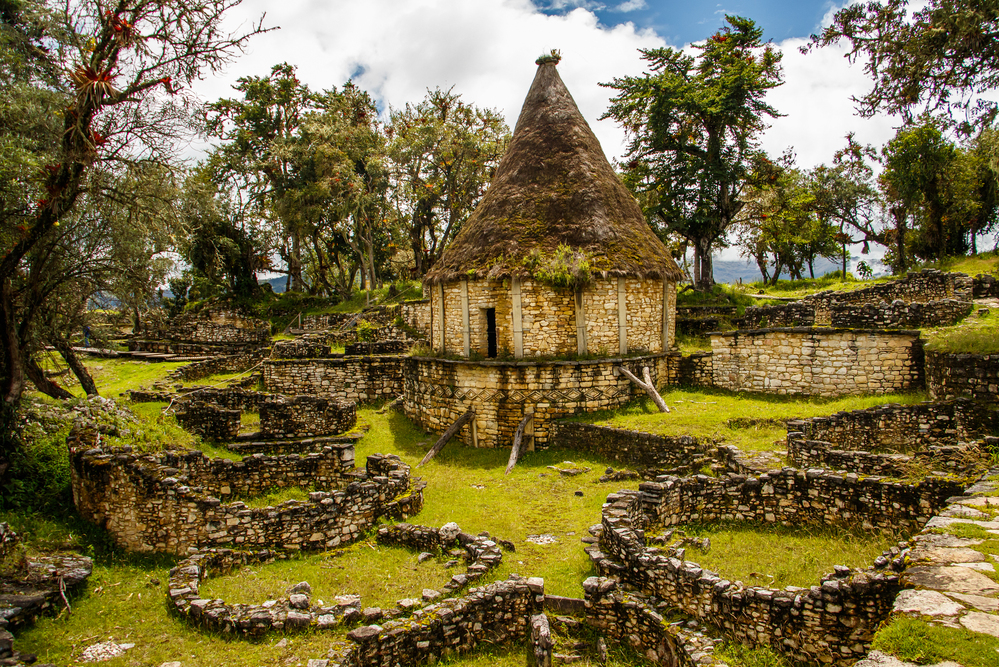
This massive pre-Incan fortress in northern Peru predates Machu Picchu by nearly 1,000 years and contains more stone than the Great Pyramid of Giza. The circular stone structures within its 60-foot walls housed up to 3,000 people of the Chachapoya culture, known as the ‘Warriors of the Cloud’ due to their settlement in misty mountain regions.
A recently installed cable car system has made this spectacular site more accessible while maintaining its sense of remote wonder.
Chan Chan
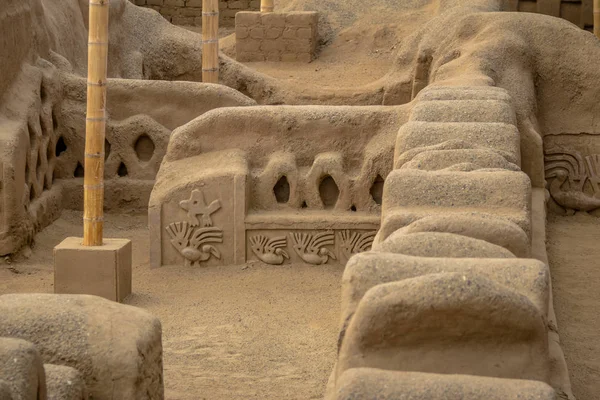
Once the largest adobe city in the world, this sprawling metropolis near modern-day Trujillo was the capital of the Chimú Empire from 900 to 1470 CE. Its intricate walls feature elaborate reliefs depicting sea creatures, reflecting the maritime focus of this powerful pre-Incan civilization.
The sheer scale of the city, covering nearly 8 square miles, offers a profound glimpse into the sophisticated urban planning techniques developed centuries before European arrival.
Like Travel Pug’s content? Follow us on MSN.
Tiwanaku
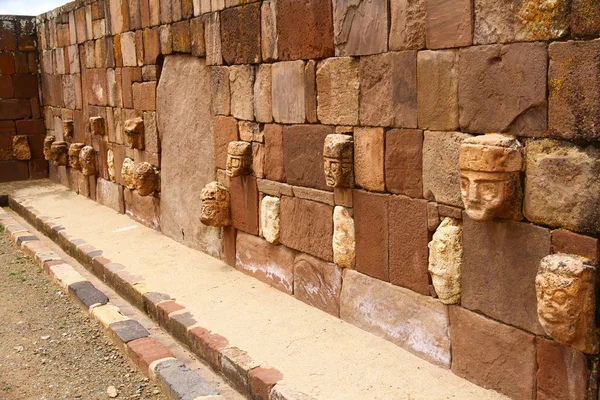
Standing at over 12,500 feet above sea level on Bolivia’s Altiplano, this ceremonial center was the heart of a powerful pre-Incan civilization. The precisely cut stone blocks of the Akapana pyramid and the monolithic Gateway of the Sun demonstrate advanced engineering techniques that influenced the later Inca.
The site’s high-altitude setting provides sweeping views across Lake Titicaca, creating an atmosphere of cosmic connection similar to Machu Picchu.
Ciudad Perdida
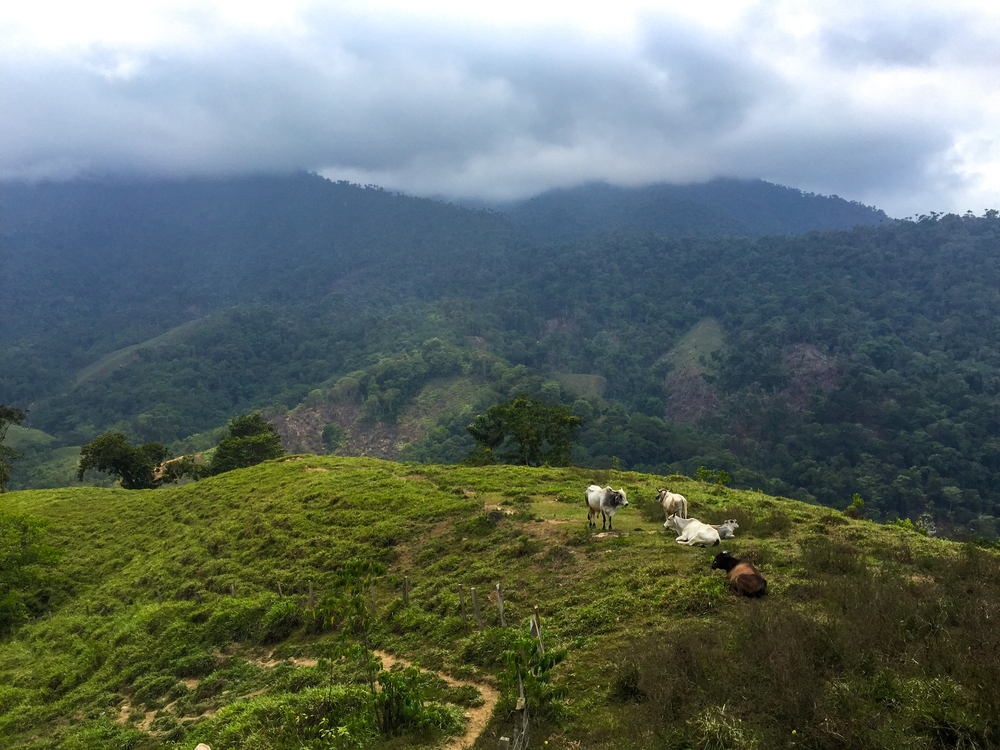
Colombia’s ‘Lost City’ predates Machu Picchu by roughly 650 years but remains far less visited due to its remote location. The multi-day trek through lush jungle to reach this ancient settlement rewards adventurers with a series of stone terraces rising dramatically from the Sierra Nevada de Santa Marta mountains.
Built by the Tairona people around 800 CE, the site’s relative isolation has preserved both its structures and its spiritual atmosphere.
Choquequirao
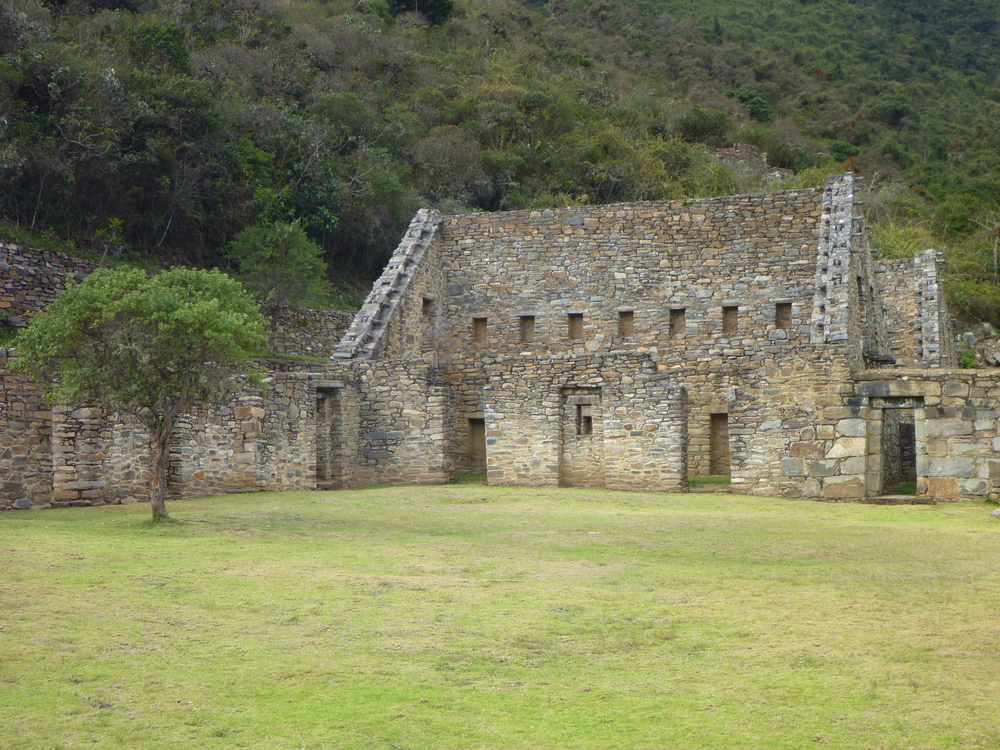
Often called Machu Picchu’s sister city, this remote Incan site in Peru remains accessible only via a challenging two-day hike, keeping visitor numbers around 30 per day compared to Machu Picchu’s thousands. The massive terraced complex spans several microclimates and features unique stone llama decorations not found at other Incan sites.
Plans for a cable car have been discussed for years, making now the perfect time to experience its remoteness before easier access arrives.
Like Travel Pug’s content? Follow us on MSN.
Caral
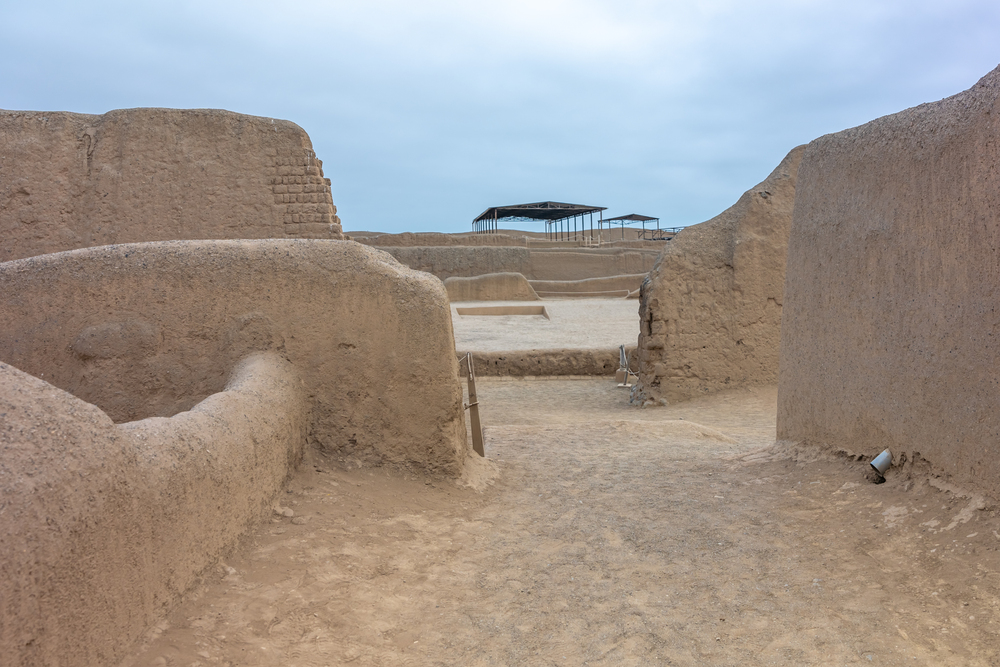
The oldest known civilization in the Americas emerged in Peru, and Caral’s pyramids and plazas date back an astonishing 5,000 years. This UNESCO World Heritage site features six stone pyramids arranged around a central plaza, demonstrating that complex societies emerged in South America contemporaneously with those in Egypt and Mesopotamia.
The site’s age and sophisticated architecture fundamentally changed archaeological understanding of early American civilizations.
Qhapaq Ñan
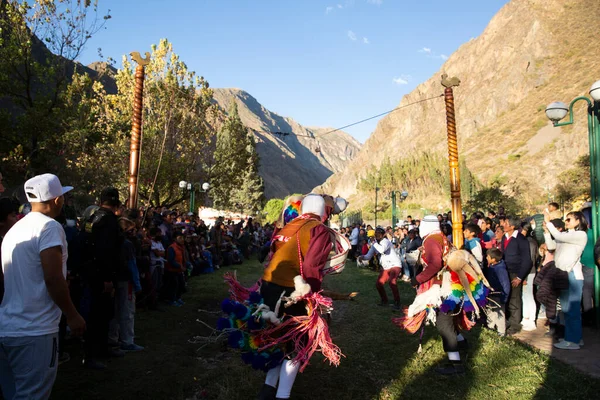
Stretching over 18,000 miles through six modern countries, the Incan road system represents perhaps the most impressive engineering feat in pre-Columbian America. Sections of this ancient highway network feature original stone paving, bridges, tunnels, and retaining walls built to withstand centuries of use and seismic activity.
Walking these paths lets you follow in the footsteps of Incan messengers who could cover up to 150 miles per day using this remarkable transportation system.
Quilmes Ruins
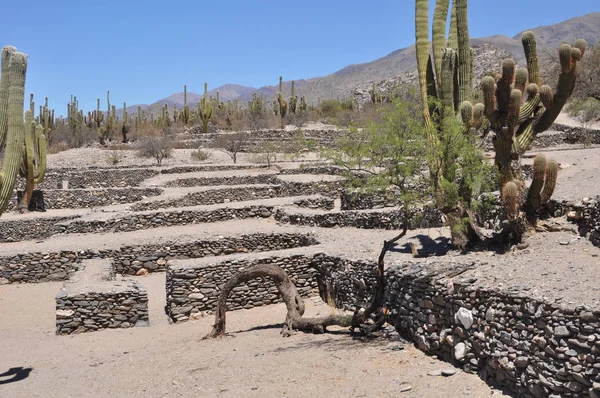
The largest pre-Columbian settlement in Argentina housed up to 5,000 people in a fortified city that successfully resisted Incan conquest and held Spanish invaders at bay for 130 years. Stone dwellings climb the hillside in terraced levels connected by staircases, creating a dramatic architectural landscape against the backdrop of the Calchaquí Valley.
The site’s excellent preservation offers insight into the indigenous resistance against multiple imperial powers.
Like Travel Pug’s content? Follow us on MSN.
Isla del Sol
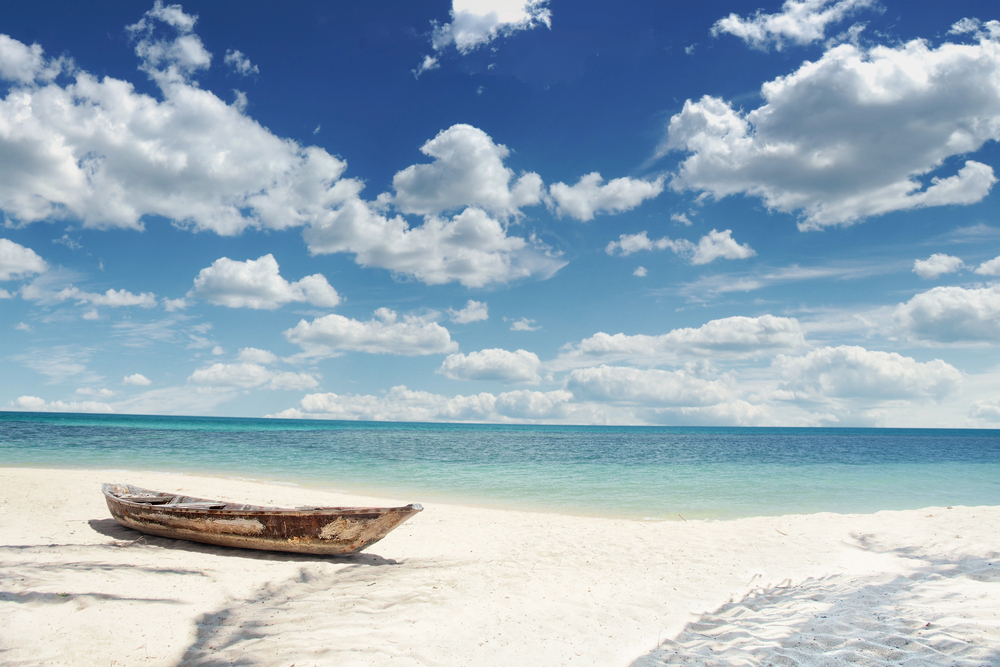
Rising from the deep blue waters of Lake Titicaca, this sacred island features over 80 ruins scattered across its rocky terrain. According to Incan mythology, the sun god was born here, giving the island profound spiritual significance comparable to Machu Picchu.
Ancient agricultural terracing still visible on the hillsides demonstrates the ingenuity required to cultivate crops at 12,500 feet above sea level.
Uyuni Salt Flats
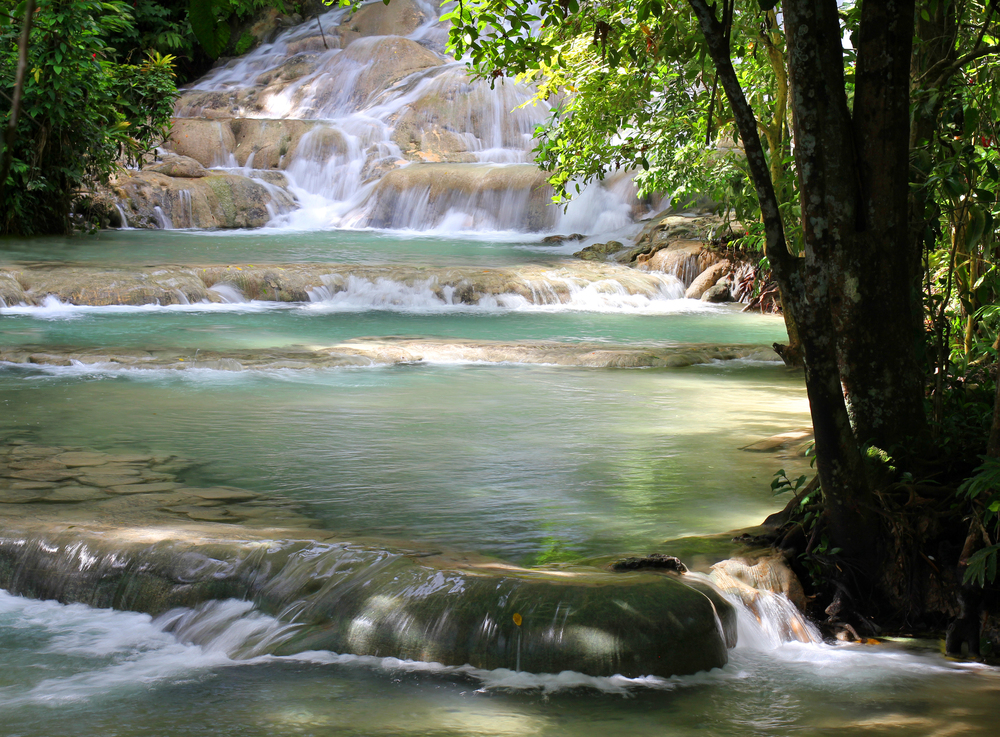
While not an archaeological site, Bolivia’s surreal salt plain creates an otherworldly landscape that evokes the same sense of wonder as Machu Picchu. Covering over 4,000 square miles, these prehistoric salt flats transform into the world’s largest mirror during the rainy season, perfectly reflecting the sky.
Ancient indigenous communities surrounding the flats still harvest salt using traditional methods passed down through generations.
Monte Verde
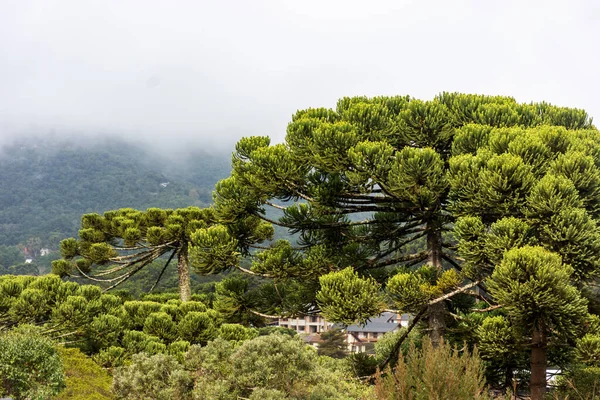
This groundbreaking archaeological site in southern Chile upended theories about human migration to the Americas with evidence of settlement dating back 14,500 years. The exceptional preservation of perishable artifacts, including wooden tools and medicinal plants, provides unprecedented insight into the daily lives of these early inhabitants.
The site’s revolutionary importance rivals Machu Picchu’s cultural significance while telling a much earlier chapter of human history.
Like Travel Pug’s content? Follow us on MSN.
Kuélap
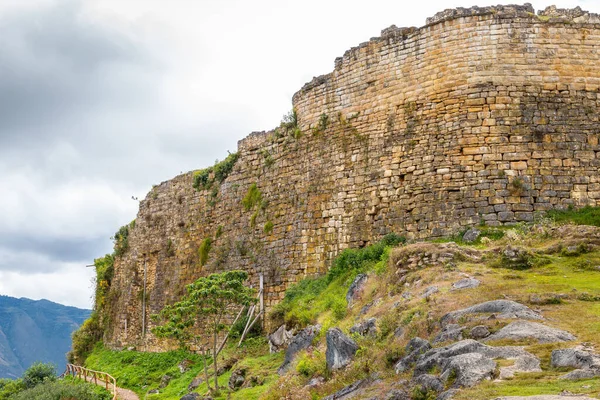
Rising dramatically from Peru’s northern cloud forests, this massive stone fortress complex predates Machu Picchu by nearly 1,000 years. Built by the Chachapoya culture, known as the ‘Warriors of the Cloud,’ its 60-foot walls enclose more than 400 circular dwellings.
A modern cable car system has recently made this spectacular site more accessible while preserving its sense of ancient mystery against a backdrop of mist-shrouded mountains.
Nazca Lines

Etched into Peru’s arid coastal plain, these enormous geoglyphs have puzzled researchers since their modern discovery in the 1920s. Created by the Nazca culture between 500 BCE and 500 CE, the lines include more than 70 animal and plant designs, some stretching over 1,200 feet across.
The purpose behind these massive earth drawings remains debated, with theories ranging from astronomical calendars to water rituals.
Huaca del Sol
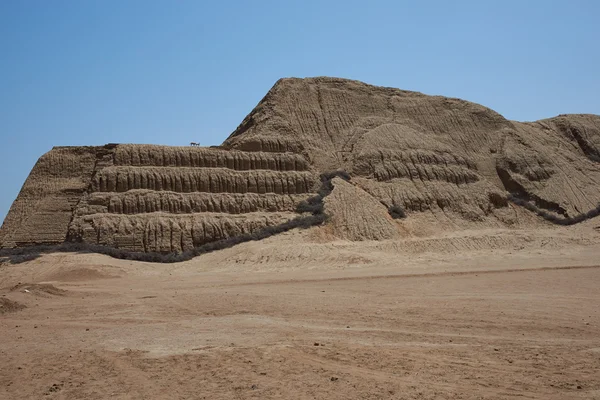
This massive adobe brick pyramid near Trujillo, Peru, was once the largest pre-Columbian structure in South America. Built by the Moche civilization around 450 CE, it stands impressive at 135 feet tall. Even after colonial looters diverted a river to wash away part of the structure, the remaining portion remains.
The adjacent Huaca de la Luna features vibrant, multi-colored murals that have retained their brilliance for over 1,500 years.
Like Travel Pug’s content? Follow us on MSN.
El Fuerte de Samaipata
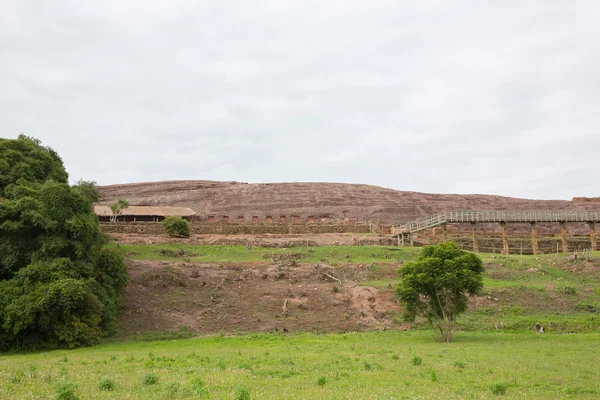
Carved from solid sandstone, this unique archaeological site in Bolivia served as a ceremonial center for multiple cultures over thousands of years. The massive stone hill features intricate carvings including condors, jaguars, snakes, and geometric designs reflecting diverse religious practices.
Its strategic position between the Andes and Amazon created a cultural crossroads where highland and lowland traditions blended into distinctive architectural forms.
Sierra Nevada del Cocuy
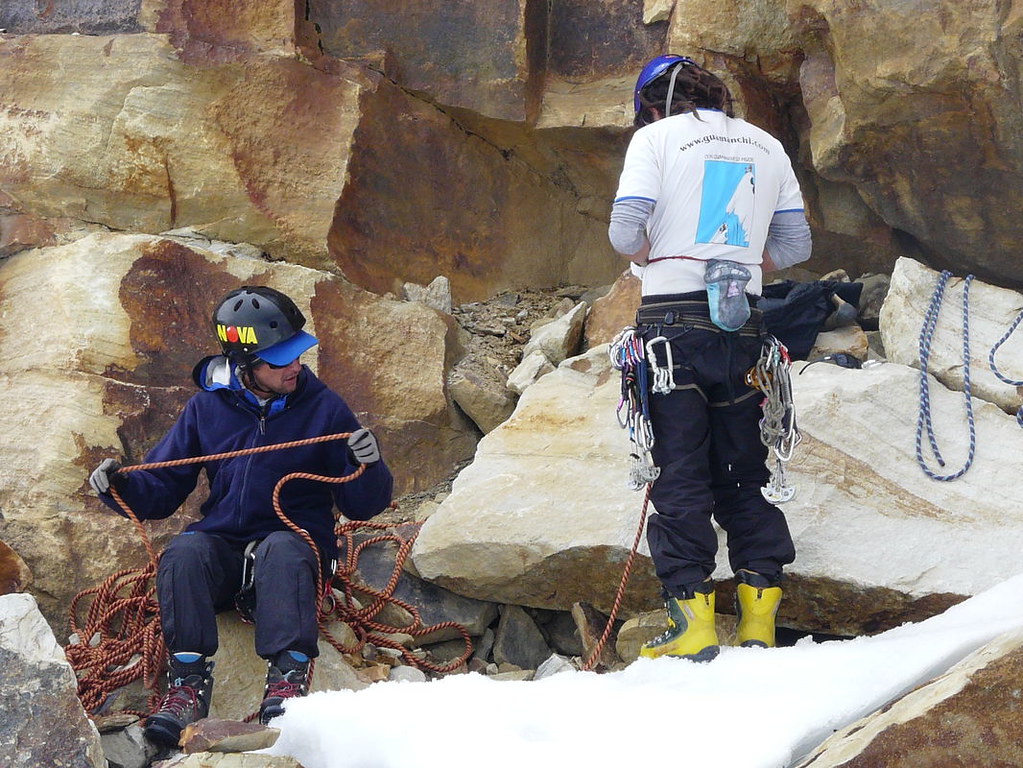
Colombia’s most dramatic mountain range features 21 snow-capped peaks despite being just 400 miles from the equator. Ancient pathways used by the indigenous U’wa people for centuries wind through páramo ecosystems found nowhere else on Earth.
Though not an archaeological site, the area’s natural grandeur and cultural significance evoke the same sense of awe that visitors experience at Machu Picchu.
Chiribiquete National Park
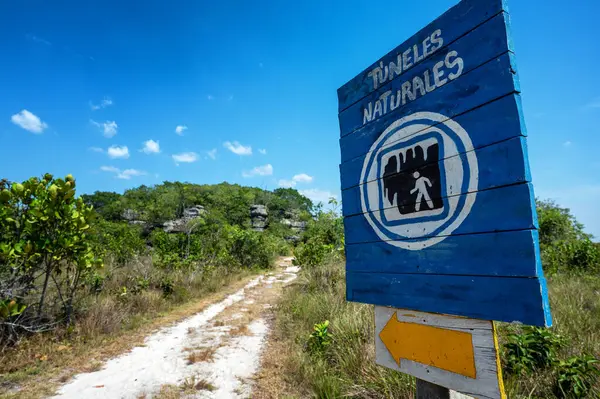
Deep in Colombia’s Amazon region, this UNESCO World Heritage Site contains the world’s largest concentration of prehistoric rock art, with some paintings dating back 20,000 years. Massive table mountains rise dramatically from the jungle floor, creating a landscape that inspired the floating mountains in the film Avatar.
Recently expanded to 4.3 million hectares, this park protects uncontacted indigenous tribes still living traditional lifestyles.
Like Travel Pug’s content? Follow us on MSN.
Ingapirca
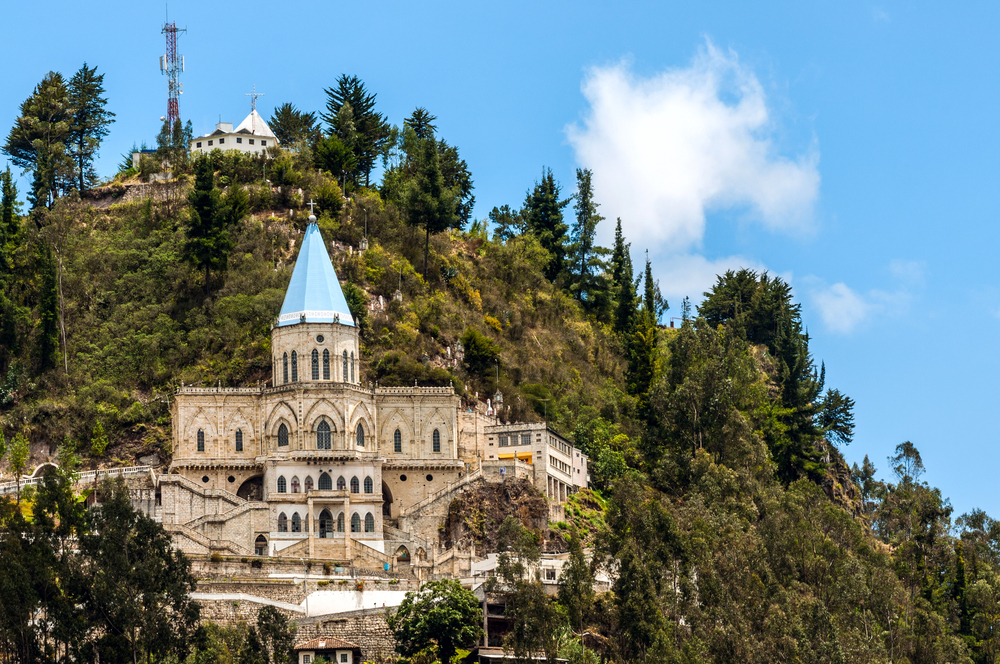
Ecuador’s largest Incan ruins demonstrate the empire’s northward expansion and architectural adaptation to new territories. The Temple of the Sun, constructed without mortar using the Incas’ signature precisely-cut stonework, aligns perfectly with the solstices.
The site uniquely showcases the blending of Incan and Cañari architectural styles, reflecting the complex cultural negotiations that occurred during imperial expansion.
Teyuna

Better known as Colombia’s Lost City, this archaeological wonder predates Machu Picchu by approximately 650 years but sees just a fraction of the visitors. The four-day trek through diverse ecosystems to reach the site has kept mass tourism at bay, preserving both the ruins and the cultural heritage of the indigenous communities who consider it sacred.
Stone terraces rise dramatically from the jungle-covered mountains, creating iconic views comparable to its Peruvian counterpart.
Huayna Picchu

Often featured in classic photographs of Machu Picchu, but technically a separate archaeological wonder, this steep mountain overlooking the famous citadel contains remarkable ruins of its own. The Temple of the Moon, tucked inside a cave on the mountain’s far side, features some of the finest stonework in the Incan empire.
The dramatic one-hour climb up ancient stone staircases offers both heart-stopping exposure and unparalleled views of Machu Picchu itself, providing context impossible to appreciate from within the main site.
Like Travel Pug’s content? Follow us on MSN.
Reaching Beyond the Familiar

These remarkable South American destinations illustrate the continent’s extraordinary depth of cultural heritage and natural splendor beyond the familiar postcard image of Machu Picchu. From ancient civilizations that predate the Incas by millennia to engineering feats that rival any in the ancient world, these sites tell the complex, multilayered story of human achievement across the region.
By venturing beyond Peru’s most famous ruins, travelers gain a richer understanding of South America’s historical significance while supporting conservation efforts at less-visited but equally remarkable destinations.
More from Travel Pug

- Cities Growing so Fast You Won’t Recognize Them in 10 Years
- 13 Destinations Where Tourists Regularly Regret Their Trip
- 16 U.S. Cities That Are Quietly Becoming Travel Hotspots
- Where to Travel If You Love Long Bus Rides and Daydreams
- 20 Cities Perfect for Solo Travelers Who Crave Adventure & Culture
Like Travel Pug’s content? Follow us on MSN.
